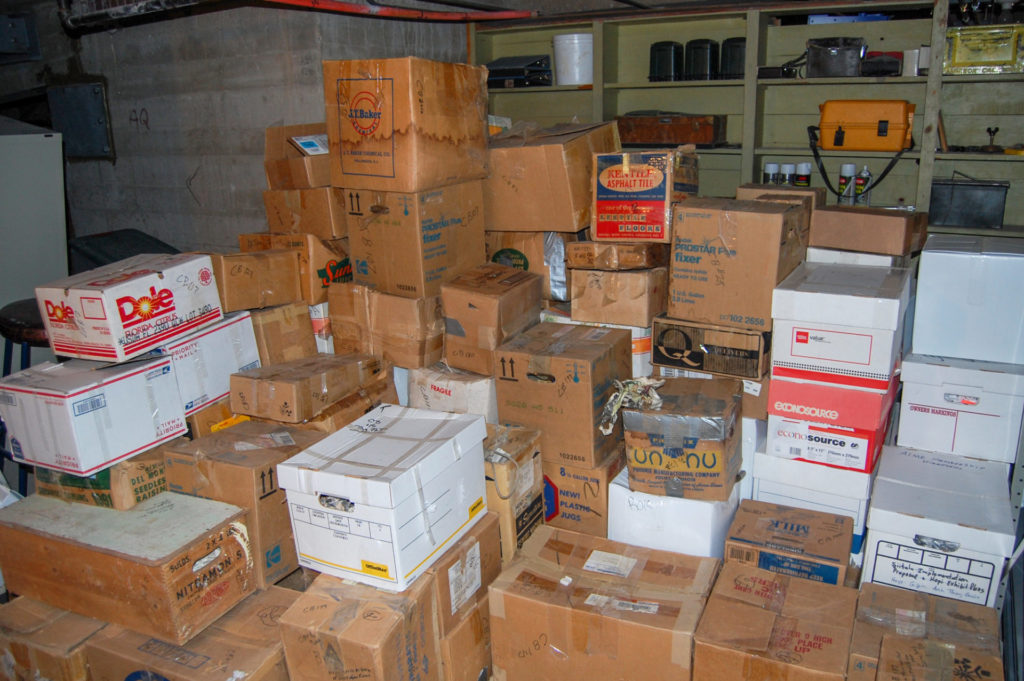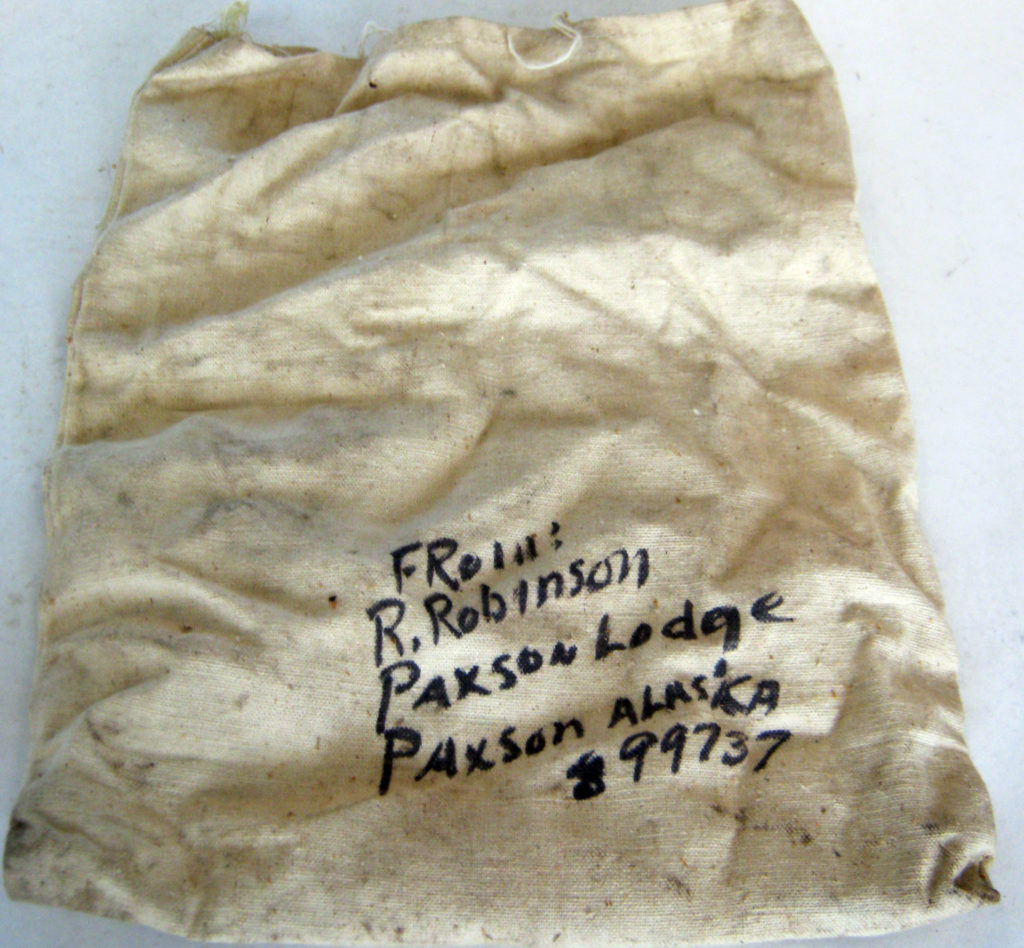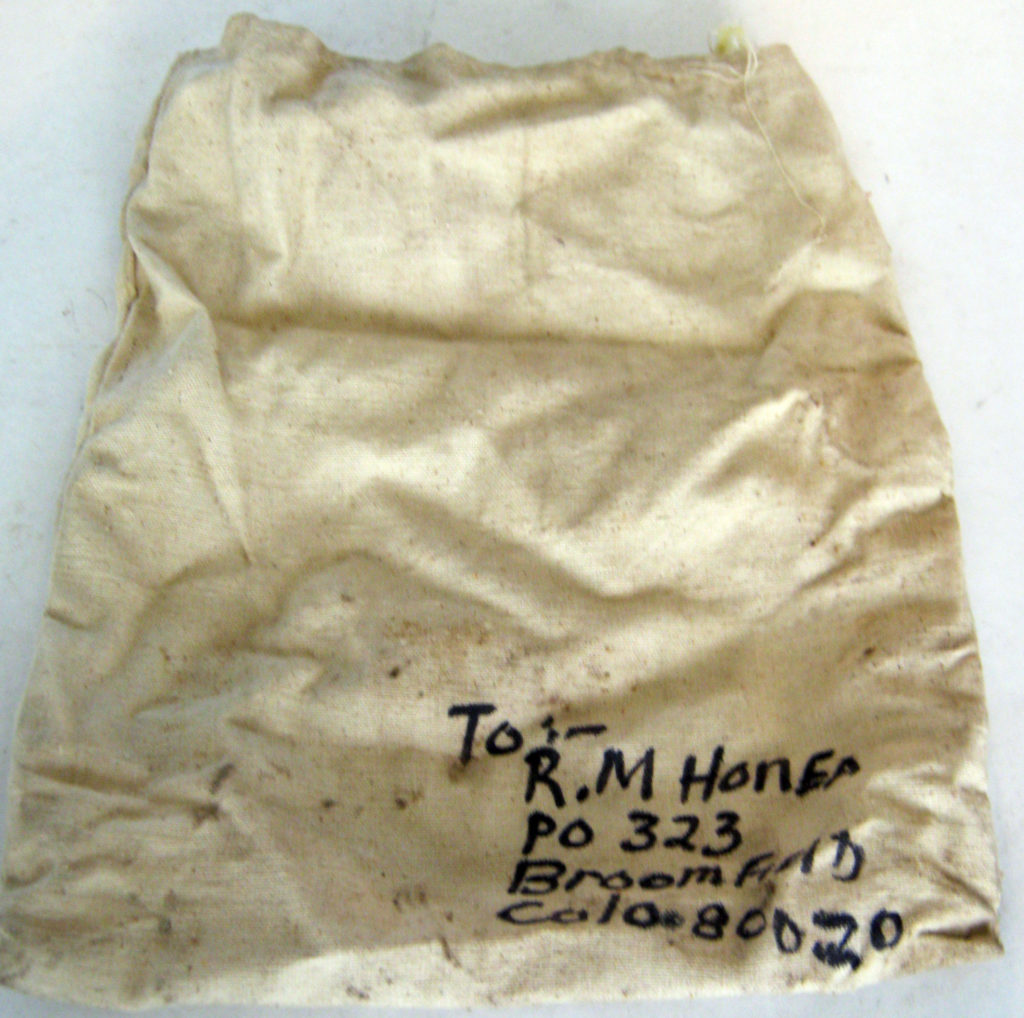- Home
- >
- Preservation Archaeology Blog
- >
- When Two Worlds Collide
Jaye S. Smith, Robinson Collection Project Volunteer Co-Team Leader
(November 25, 2019)—Before my passion for archaeological research could take root, I spent 32 years traveling the world to serve the mineral specimen dealer and collector community. After my retirement, I devoted all of my available resources as a full-time volunteer learning about the Peoples who occupied these lands that I now call my home and participating in numerous capacities in the incredible archaeology of the Southwest.
These might seem like, and often are, dramatically different life paths. Very rarely do such distinct worlds collide, but I have been honored and privileged, through my involvement in the Robinson Collection Project at Archaeology Southwest to experience worlds crashing together—and not just once, but twice!

The first collision occurred when the Robinson Collection Project—a long-term, citizen science-driven endeavor to organize and research archaeological materials from the Safford Basin—was in its formative stages. At age 100, Ray Robinson decided it was time to start dispersing his collections. Unbeknownst to me, a longtime colleague of mine in the mineral business, Jim McGlasson, was receiving Ray’s mineral collection at the same time Archaeology Southwest, Northern Arizona University’s Anthropology Department, and the Arizona State Museum (ASM) were in the process of accessioning Ray’s artifact collection for ASM. During a social gathering, as Jim and I were catching up, I mentioned the upcoming project that I was excited to be involved with and Jim surprised me with the information that he had just acquired Ray’s mineral collection through liaison Clancy Wendt. What a coincidence, and how pleased I was to hear of Jim’s involvement, creating an even more special connection between us.

The second and more emotional collision came during the 2019 Fall Lab Session of the Robinson Collection Project at Archaeology Southwest. As our team of Citizen Scientists was opening a bag of sherds that Ray had collected from an unrecorded site in the Safford Basin region he called “Smith Wash,” we found an old geological sample bag addressed to Russ Honea of Broomfield, Colorado. I knew Russ for most of my career in the mineral industry; he was an ardent supporter of my work and public outreach efforts, and more importantly, a dear friend. Russ passed from this life shortly before my retirement, and his mineral collection was donated to the Flandrau Science Center at the University of Arizona in Tucson. To handle a historic object that both Ray and Russ had contact with brought back emotional memories of one man who was an integral part of my former career and another who is now a part of my (what seems to be daily) archaeological pursuits.

I can’t help but think of the 1993 movie Six Degrees of Separation, where the title highlights that the term “separation” is about how everyone is only six steps away from being connected. But these connections through the Robinson Collection Project are not so much a link as they are a head-on collision that is far more emotionally meaningful and fulfilling. I am so fortunate to experience this coming together of my two distinct worlds, no longer separated by any degree but conjoined forever.